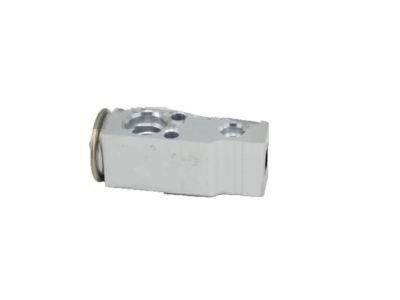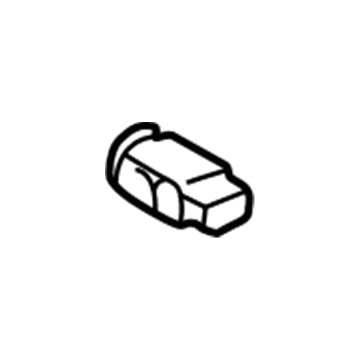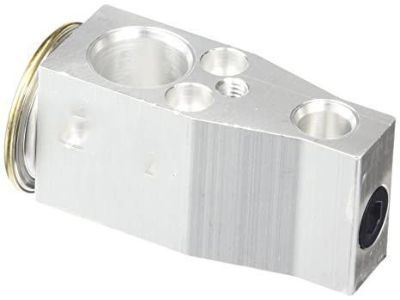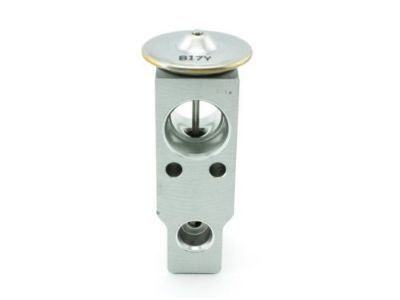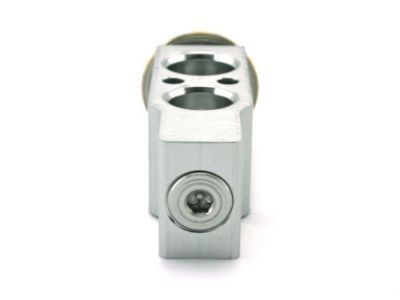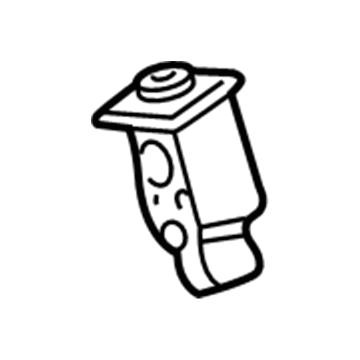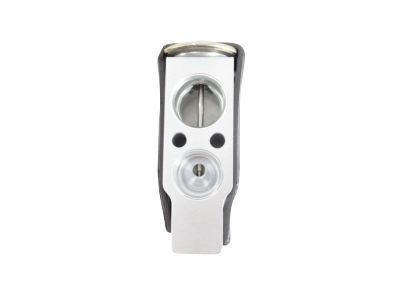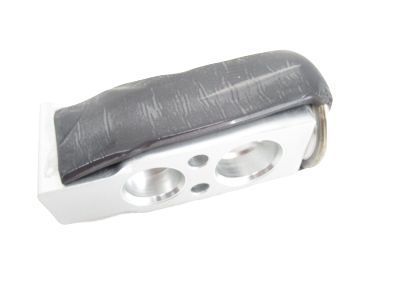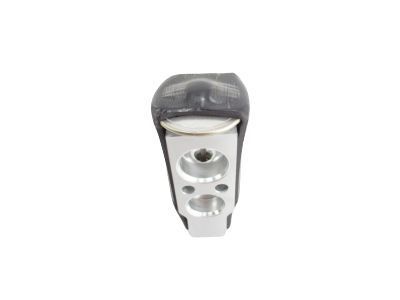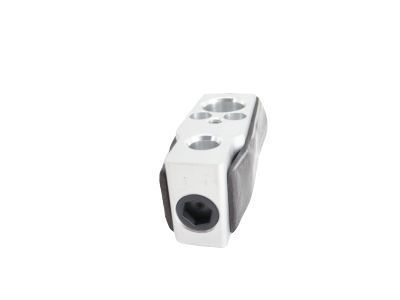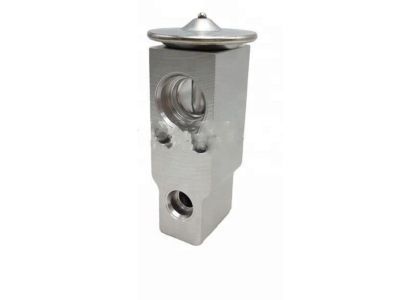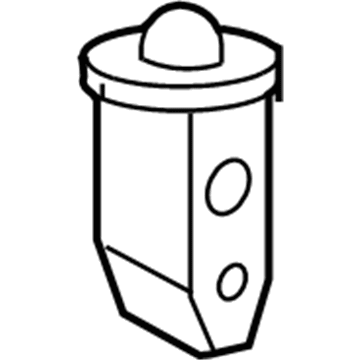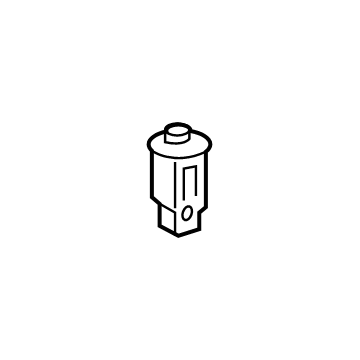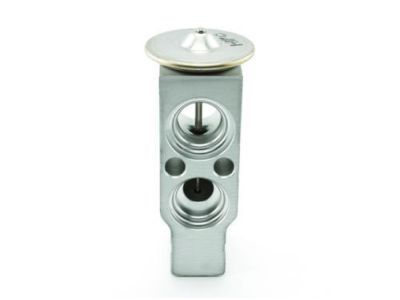×
ToyotaParts- Hello
- Login or Register
- Quick Links
- Live Chat
- Track Order
- Parts Availability
- RMA
- Help Center
- Contact Us
- Shop for
- Toyota Parts
- Scion Parts
My Garage
My Account
Cart
OEM Toyota Camry A/C Expansion Valve
Air Conditioning Expansion Valve- Select Vehicle by Model
- Select Vehicle by VIN
Select Vehicle by Model
orMake
Model
Year
Select Vehicle by VIN
For the most accurate results, select vehicle by your VIN (Vehicle Identification Number).
8 A/C Expansion Valves found


Toyota Camry Valve, Cooler Expansion, Front
Part Number: 88515-33020$77.25 MSRP: $108.44You Save: $31.19 (29%)Ships in 1-3 Business Days
Toyota Camry Expansion Valve, Front
Part Number: 88515-07040$89.81 MSRP: $126.06You Save: $36.25 (29%)Ships in 1-3 Business Days
Toyota Camry Expansion Valve, Front
Part Number: 88515-07030$77.25 MSRP: $108.44You Save: $31.19 (29%)Ships in 1-2 Business Days
Toyota Camry Expansion Valve, Front
Part Number: 88515-02530$72.63 MSRP: $101.94You Save: $29.31 (29%)Ships in 1-3 Business DaysToyota Camry Expansion Valve
Part Number: 88515-06160$71.80 MSRP: $100.78You Save: $28.98 (29%)Ships in 1-3 Business DaysToyota Camry Expansion Valve, Front
Part Number: 88515-06140$73.46 MSRP: $103.11You Save: $29.65 (29%)Ships in 1-3 Business Days
Toyota Camry A/C Expansion Valve
Choose genuine A/C Expansion Valve that pass strict quality control tests. You can trust the top quality and lasting durability. Shopping for OEM A/C Expansion Valve for your Toyota Camry? Our website is your one-stop destination. We stock an extensive selection of genuine Toyota Camry parts. The price is affordable so you can save more. It only takes minutes to browse and find the exact fit. Easily add to cart and check out fast. Our hassle-free return policy will keep you stress-free. We process orders quickly for swift delivery. Your parts will arrive faster, so you can get back on the road sooner.
The Toyota Camry A/C Expansion Valve is a part of the heating and cooling system in the Toyota Camry vehicles famous for their durability and quality. It skillfully controls the flow of refrigerant to give adequate cooling and improve the quality of feelings in the cabin. From the above table, it can be seen that different Camry models have used different types of A/C Expansion Valves for use in their cooling systems due to system diverse needs while the important roles of this part still remain that of controlling refrigerant pressure and the flow. This adaptability is important in proving the Toyota Camry's efficiency and safety, because a properly functioning A/C Expansion Valve is essential in avoiding system failure and in providing comfort to the driver. This is rooted in the topnotch design and material applied in the production of Toyota Camry A/C Expansion Valve in the automobile market. Fitment with early as well as the latest models of Toyota Camry is an indication of their applicability as essential components that keep the car's climate control system up and running. Also, the A/C Expansion Valve is instrumental in the improvement of fuel economy when it comes to air conditioning in the auto vehicle; it would be a plus for the driver as well as the environment. As a result, the Toyota Camry A/C Expansion Valve has stood out as a reliable and durable valve for automobile A/C systems by those seeking a reliable valve for their car.
Toyota Camry A/C Expansion Valve Parts and Q&A
- Q: How to service and repair the A/C Expansion Valve in a refrigeration system on Toyota Camry?A:The service process for the expansion valve begins with refrigerant evacuation from the system through the use of liquid and suction tubes which should later be disconnected from the A/C unit. Detach the blower unit first by removing the piping clamp then carefully extract the packing because it cannot be reused before using a hexagon wrench to remove the 2 bolts separating the expansion valve from the evaporator. Attach the liquid tube and suction tube to the expansion valve after applying compressor oil to four new O-rings before installation. Apply new packing to the expansion valve by removing and peeling the packing paper then position it with bolt hole visible while placing it without tape beyond the expansion valve edges. Use 2 bolts to fasten the expansion valve but tighten them to 5.4 N.m (55 kgf.cm, 48 in.lbf) while inspecting for evaporator interference and applying compressor oil to 2 new O-rings before their installation. The technician must reinstall the blowers and glove compartment before connecting liquid and suction tubes to the A/C unit and follows vacuum evacuation then fills the system with 800 plus or minus 50 g (28.22 plus or minus 1.76 oz.) of refrigerant. End the inspection by using a gas leak detector to find refrigerant losses and aligning joint torques when leakages occur.
